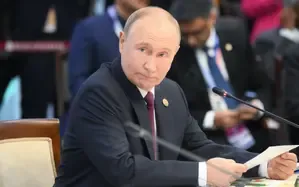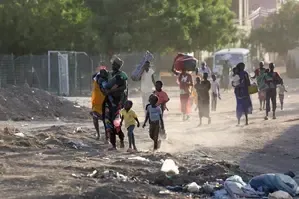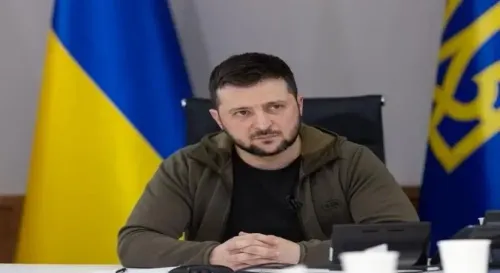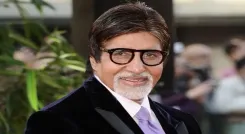Why Did Trump Issue an Executive Order Formalizing India’s Tariff at 25%?
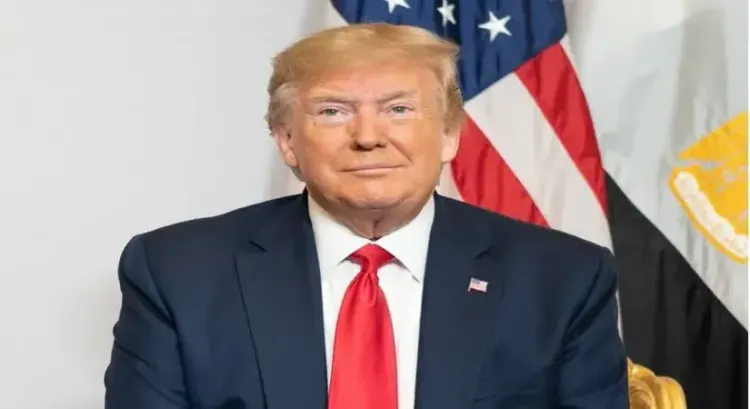
Synopsis
Key Takeaways
- The US has enacted a 25% tariff on India.
- Negotiations between the US and India have stalled.
- India emphasized the protection of national interests.
- Potential impacts on agriculture and pharmaceuticals are concerning.
- International relations are strained, particularly with Russia.
New York, Aug 1 (NationPress) As the deadline for tariffs approached, US President Donald Trump enacted the anticipated 25 percent tariff on India, effective Friday, amidst stalled negotiations. His executive order, issued late Thursday, notably omitted penalty tariffs related to acquiring Russian energy or BRICS membership, which he had previously suggested.
When Trump initially announced the potential for a 25 percent tariff, India responded resolutely, stating that it “will take all necessary measures to safeguard our national interests.” In his order detailing tariff rates for various nations, Trump asserted that he was acting due to “large and persistent annual US goods trade deficits constituting an unusual and extraordinary threat to the national security and economy of the United States.”
The 25 percent tariff for India exceeds the 15 to 19 percent range imposed on most other countries included in the order, which is set to take effect at midnight (9.30 a.m. in India).
While India was one of the initial nations to engage in negotiations with the US, discussions seemed to have stalled. On Wednesday, Trump threatened the 25 percent tariff, but later that day expressed some optimism, stating, “We're talking to India now, we'll see what happens.” He also refrained from sending a formal letter to India, as he had done with other nations.
However, it seems that last-minute negotiations did not yield a reduction in tariffs. Throughout the negotiation process, Trump frequently referred to Prime Minister Narendra Modi and India as his friends. Just last week, he indicated that a deal was on the horizon.
India’s Commerce Minister Piyush Goyal also expressed optimism, remarking that the negotiations were making “fantastic” progress.
The section of Trump’s executive order that pertains to India indicated that certain “trading partners, despite engaging in negotiations, have proposed terms that, in my opinion, do not adequately address imbalances in our trading relationship or have not sufficiently aligned with the United States on economic and national-security issues.”
The highest tariff among those specified in the order was for Myanmar, set at 41 percent, while the lowest was 10 percent for Brazil and Britain.
The rate for Brazil was unexpected, given Trump’s previous threats of a 50 percent tariff due to a dispute over Brazil’s prosecution of former President Jair Bolsonaro.
Trump agreed to extend the deadline for Mexico in a last-minute concession, agreeing to continue negotiations.
Although Canada is embroiled in a contentious dispute with Trump, it did not appear in the order, though he had separately assigned a 30 percent tariff.
Ongoing discussions with China are taking place, with a temporary arrangement set to expire on August 12, currently imposing a rate of 30 percent, significantly lower than earlier threats of up to 145 percent.
The order specified a tariff of 19 percent for Pakistan, and 20 percent for Sri Lanka and Bangladesh.
A significant challenge for India was the US's demand for unrestricted access to US agriculture and dairy products. This could severely impact India’s agricultural sector, which employs nearly half of the nation's workforce.
India's response to Trump's threat highlighted this concern, stating, “The government prioritizes the protection and promotion of our farmers, entrepreneurs, and MSMEs (Micro, Small, and Medium Enterprises).”
While some countries, such as the European Union and Japan, appeased Trump by pledging substantial investments in the US, India was not positioned to make comparable offers.
India also seems to have found itself entangled in the escalating tension between Trump and Russia, following President Vladimir Putin's refusal to heed Trump’s call for a ceasefire in the Ukraine conflict.
Trump mentioned New Delhi's purchase of Russian oil on Wednesday, and the following day, India became part of a verbal exchange between him and former Russian President Dmitry Medvedev, despite India having no involvement.
In a post on Truth Social targeting Medvedev, Trump unexpectedly included India: “I don’t care what India does with Russia. They can take their dead economies down together, for all I care.”
As he has for months, Trump has criticized India's high tariffs, labeling India the “Tariff King,” a title Finance Minister Nirmala Sitharaman has vehemently contested.
In her February budget, she significantly reduced tariffs on premium motorcycles, impacting Harley Davidson, which has been a point of contention for Trump since his first term.
Trump may need to take separate actions concerning India's pharmaceutical exports, valued at $12.7 billion last year, which are critical to the US's generic medicine supply, as any price increases would exacerbate the already high medical costs.
When asked about penalties for purchasing Russian oil, which he had previously claimed would be 100 percent, Trump sidestepped the question, instead discussing potential penalties for BRICS membership.
If there are to be penalties for acquiring Russian oil — known as secondary tariffs applying to all buyers — they will be tied to the deadline for Moscow to conclude the Ukraine War, likely by August 7.
As China is also purchasing Russian energy, imposing secondary sanctions will be complex, as Washington and Beijing strive to avoid a full-scale trade war.
Similarly, a BRICS penalty would also impact China.

